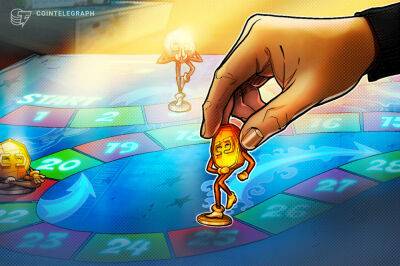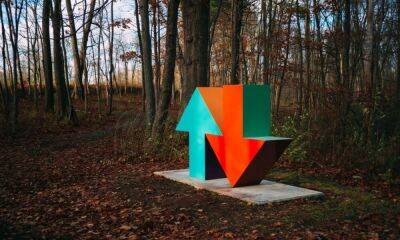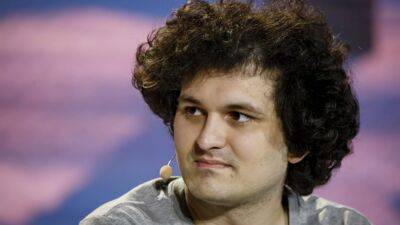Penny savings: taking the measure of money at the Ashmolean museum
Prof Chris Howgego carefully cradles the medal minted for the coronation of the boy king Edward VI in 1547 as he mulls over the history of money from Babylon to bitcoin.
“Everything depends on confidence,” says the keeper of the Heberden coin room at the Ashmolean museum in Oxford. “Coins are just one form of money. Anything that can be used as payment is money.”
Howgego cites Papua New Guinea as an example of what he means. Pearl shells were once used there as cash, which is why the word for shell – kina – is now the name of the national currency. He adds: “The Chinese once used rice as money – at least you could eat it!”
Money is never really out of the news, but there has been even greater focus on it than usual in recent months. One reason is inflation, which has reappeared as a problem in the UK and other western countries for the first time in decades. One function of money is as a store of value, and a basket of goods and services that would have cost £100 a year ago costs £109 today.
The other reason is the debate over the security of digital currencies after the collapse of the “stablecoin” terra, and whether in fact cryptocurrencies are really money at all.
A stablecoin, like the name suggests, is a type of cryptocurrency that is supposed to have a stable value, such as US$1 per token. How they achieve that varies: the largest, such as tether and USD Coin, are effectively banks. They hold large reserves in cash, liquid assets, and other investments, and simply use those reserves to maintain a stable price.
Others, known as «algorithmic stablecoins», attempt to do the same thing but without any reserves. They have been criticised as effectively being backed by Ponzi schemes, since they require continuous inflows of
Read more on theguardian.com







![ApeCoin [APE] traders willing to go short can make most of this pattern - ambcrypto.com](https://finance-news.co/storage/thumbs_400/img/2022/7/2/31979_iie.jpg)














